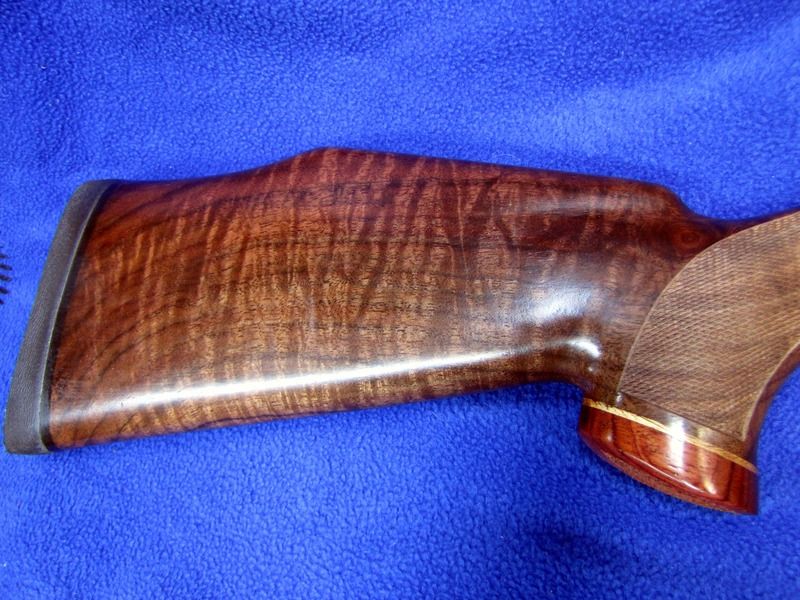I'm not a gunsmith, but I find most of Larry Potterfield's videos to be interesting, if not helpful. (MidwayUSA -- available on their site, or on YouTube.)
My personal preference is for a finish that seems to have fallen out of favor (due in large part to laziness, no doubt - it's a lot of work and takes weeks or months to complete); and I use a variation that I've never seen anywhere else. It's a mix of mineral spirits (to thin), pure (unrefined) Tung oil, and Formby's Tung Oil Finish. I got the original recipes from my grandfather whom, in the '50s or '60s, got them from some kind of Herter's gunsmithing pamphlet.
The Formby's is actually a wiping varnish with polymerized ingredients (including polymerized Tung oil, refined Linseed oil, and several others). As such it cures like a varnish and seals when dry. So, as the coats build up, the stock is slowly being fully sealed beyond what plain Tung oil will do. In addition, you end up with a final 'gloss' finish according to the luster of the Formby's that was used. I prefer 'Satin' but it was discontinued some time back, so I have to use 'Low Gloss' now.
The beauty of 'my' finish is that it hides nothing and doesn't change wood color, at all. It simply brings the wood to life and shows the natural beauty in all of its warm, golden, inviting glory.
No matter how plain a stock may be, I'm a sucker for showing what it is. I don't like stains, dyes, or fillers. ...Raw, unadulterated nature has a beauty all its own.


